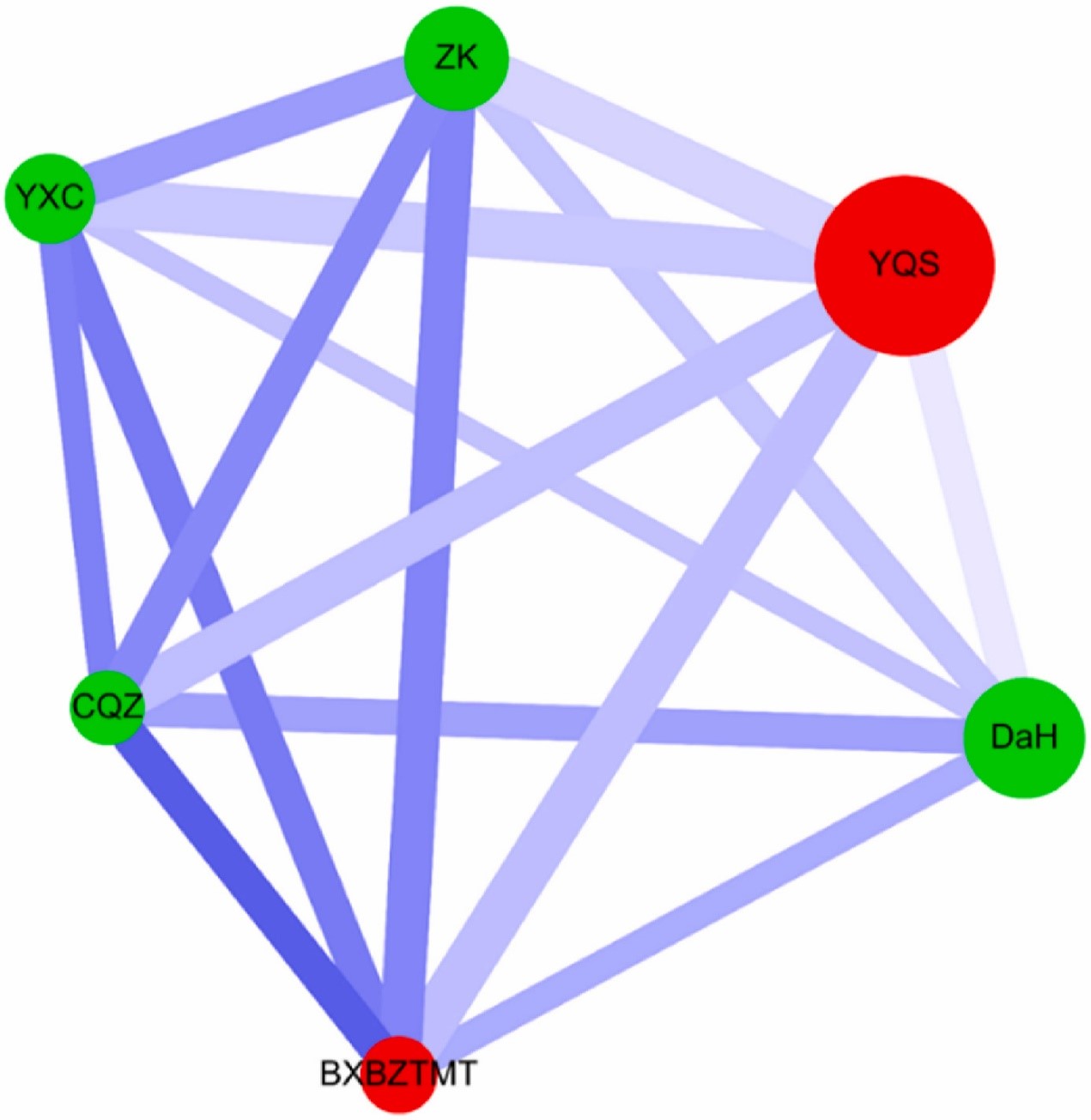Research paper published by Prof. I-Ching Chou
Effect of Chinese herbal medicines on the overall survival of patients with muscular dystrophies in Taiwan
I-Ching Chou, Alex Cy Chang, Chao-Jung Chen, Wen-Miin Liang, Jian-Shiun Chiou, Fuu-Jen Tsai, Yang-Chang Wu, Ting-Hsu Lin, Chiu-Chu Liao, Shao-Mei Huang , Te-Mao Li, Ying-Ju Lin
Abstract
Ethnopharmacological relevance: Muscular dystrophies are a rare, severe, and genetically inherited group of disorders characterized by progressive loss of muscle fibers, leading to muscle weakness. The current treatment plan for muscular dystrophies includes the use of steroids to slow muscle deterioration by dampening the inflammatory response.
Aim of the study: Chinese herbal medicine (CHM) has been offered as an adjunctive therapy in Taiwan's medical healthcare plan, making it possible to track CHM usage in patients with muscular dystrophic disease. Therefore, we explored the long-term effects of CHM use on the overall mortality of patients with muscular dystrophies.
Materials and methods: A total of 581 patients with muscular dystrophies were identified from the database of Registry for Catastrophic Illness Patients in Taiwan. Among them, 80 and 201 patients were CHM users and non-CHM users, respectively. Student's t-test, chi-squared test, Cox proportional hazard model, and Kaplan-Meier curve (log-rank test) were used for evaluation. Association rules and network analyses were performed to explore the combination of CHMs used in muscular dystrophies.
Results: Compared to non-CHM users, there were more female patients, more comorbidities, including chronic pulmonary disease and peptic ulcer disease in the CHM user group. Patients with prednisolone usage exhibited a lower risk of overall mortality than those who did not, after adjusting for age, sex, use of CHM, and comorbidities. CHM users showed a lower risk of overall mortality after adjusting for age, sex, prednisolone use, and comorbidities. The cumulative incidence of the overall survival was significantly higher in CHM users. Association rule and network analysis showed that one main CHM cluster was commonly used to treat patients with muscular dystrophies in Taiwan. The cluster includes Yin-Qiao-San, Ban-Xia-Bai-Zhu-Tian-Ma-Tang, Zhi-Ke (Citrus aurantium L.), Yu-Xing-Cao (Houttuynia cordata Thunb.), Che-Qian-Zi (Plantago asiatica L.), and Da-Huang (Rheum palmatum L.).
Conclusions: Our data suggest that adjunctive therapy with CHM may help to reduce the overall mortality among patients with muscular dystrophies. The identification of the CHM cluster allows us to narrow down the key active compounds and may enable future therapeutic developments and clinical trial designs to improve overall survival in these patients.
Keywords: Association rule; Chinese herbal medicine; Muscular dystrophies; Network analysis; Overall mortality.

